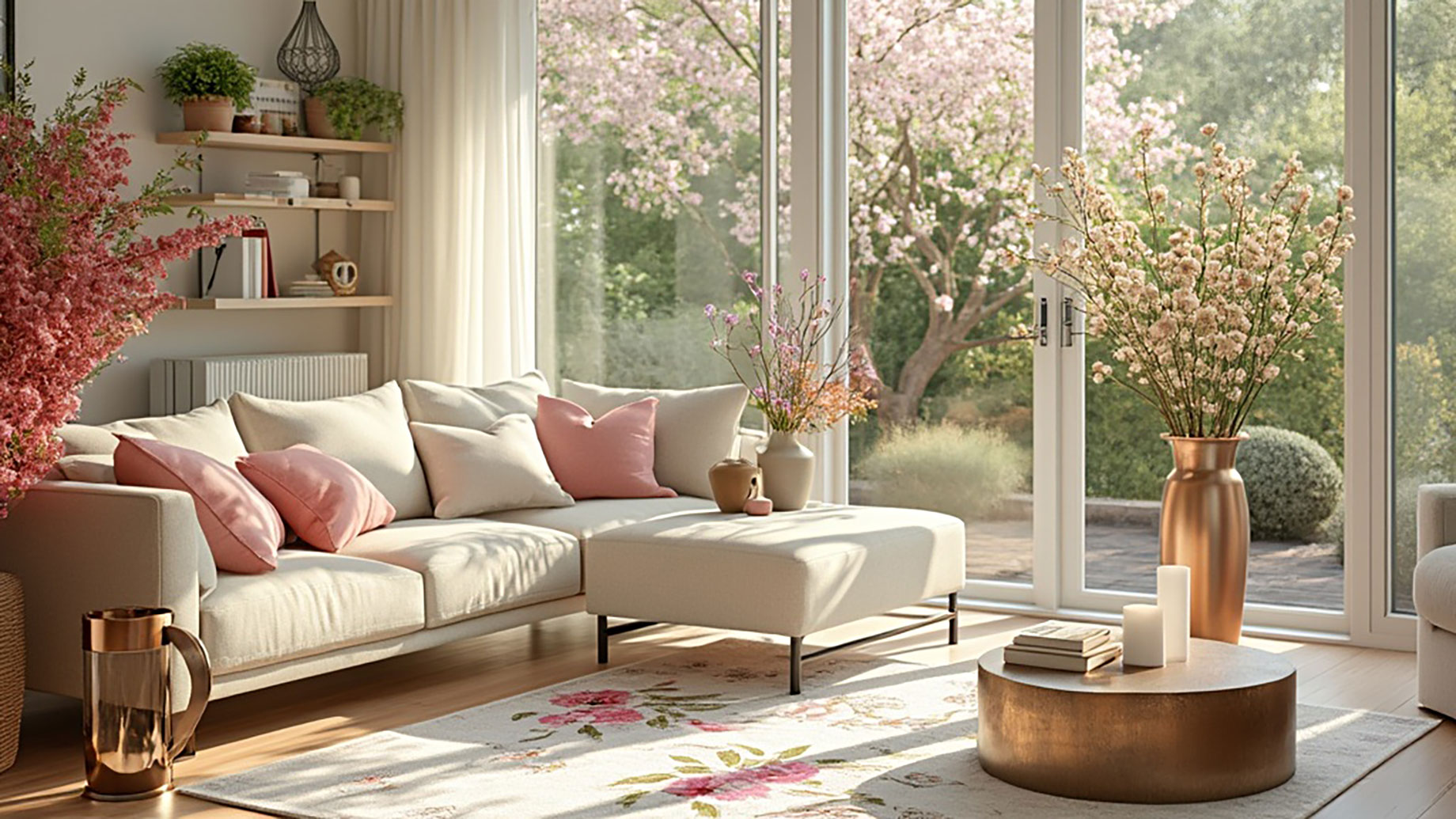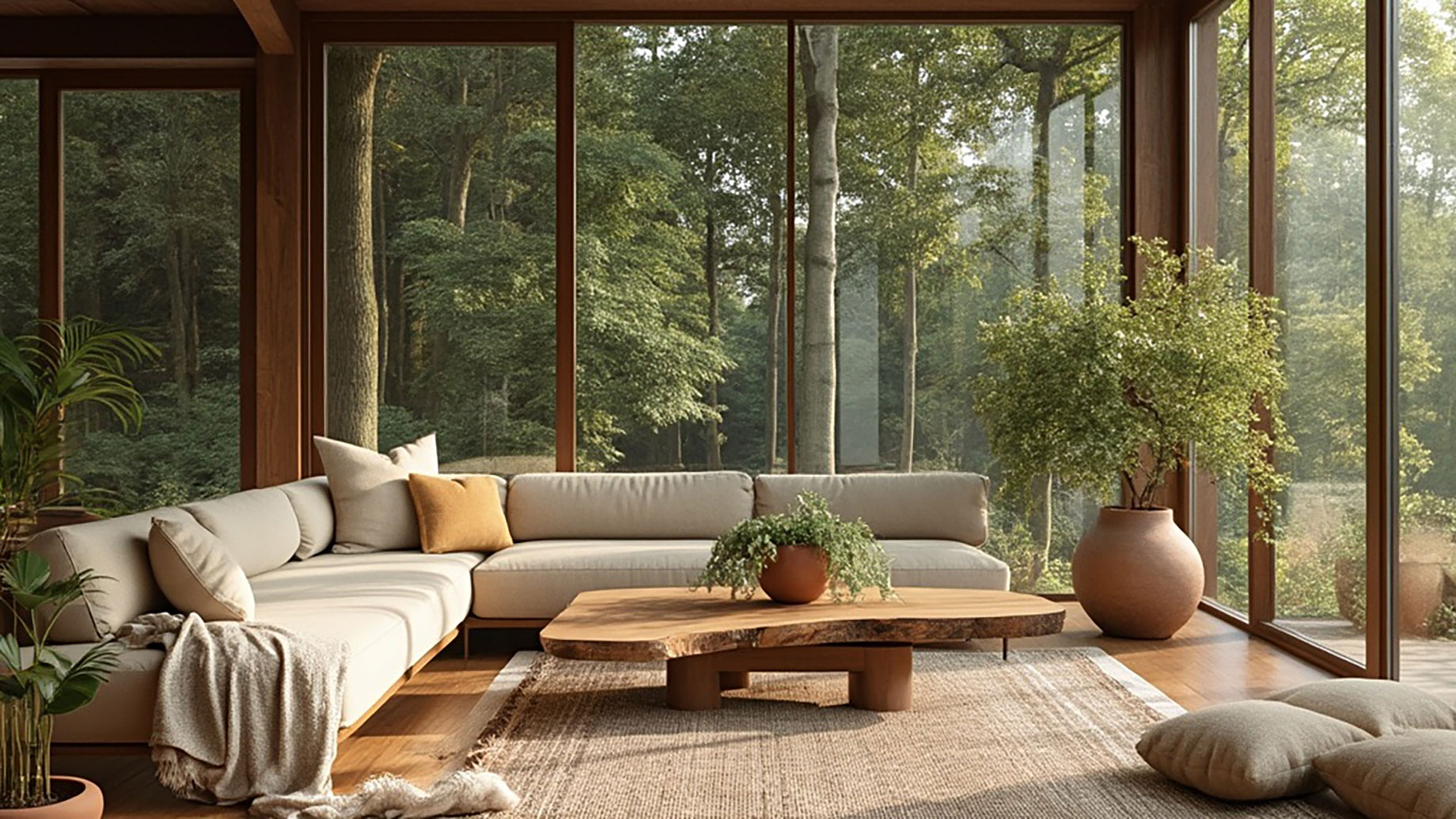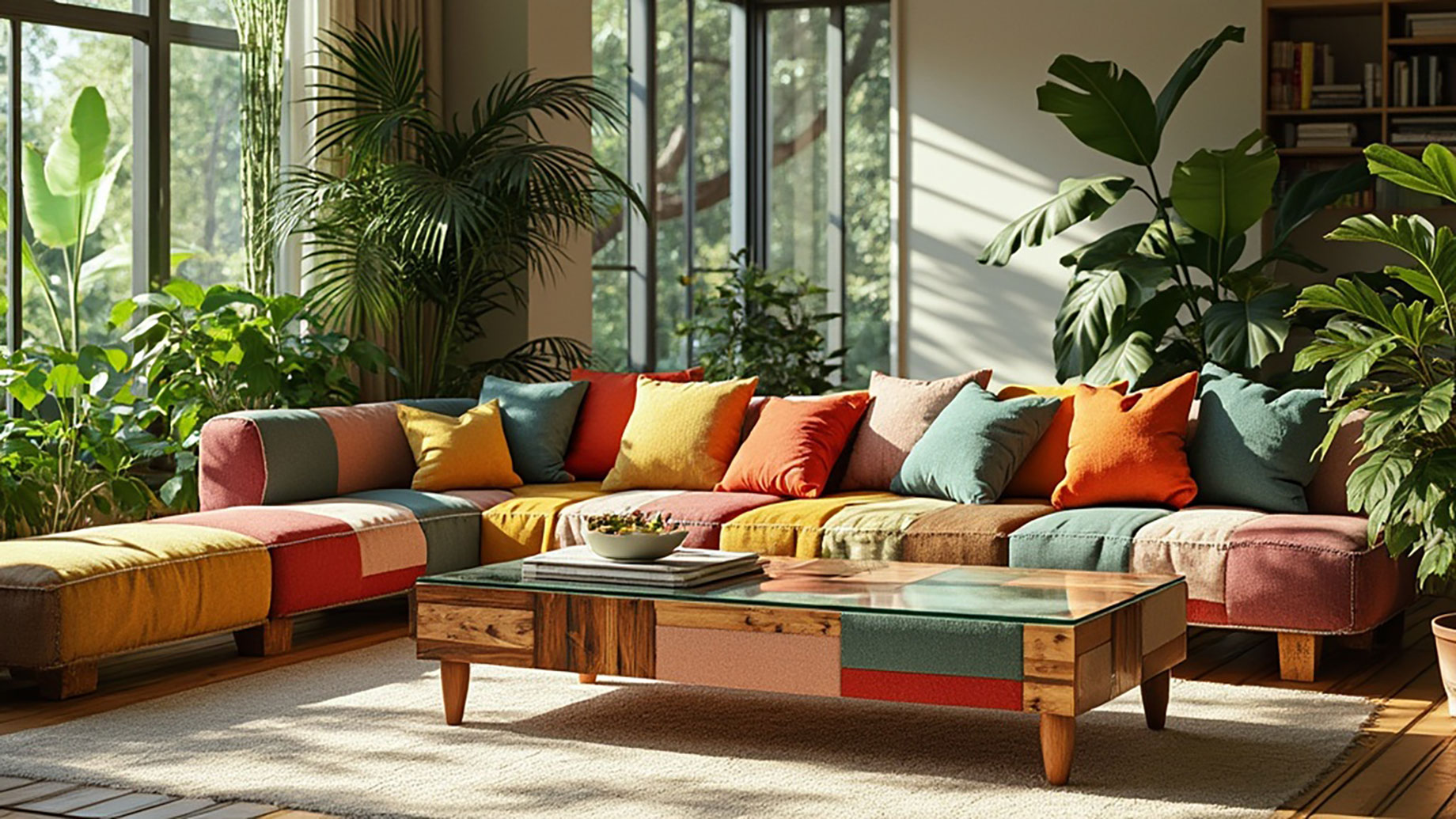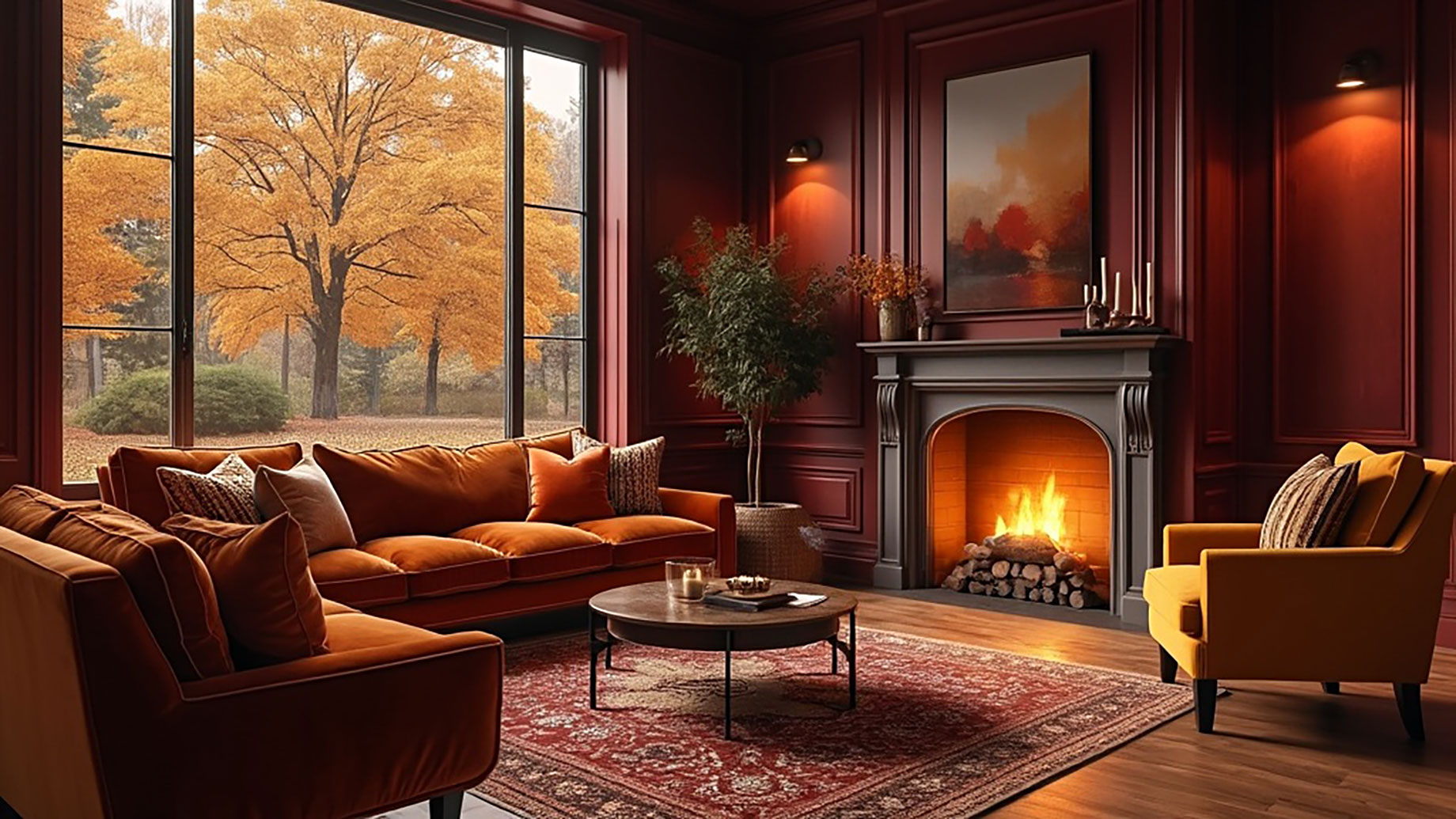
As interior design evolves to meet contemporary lifestyle needs, the approach to spring updates has shifted dramatically toward a more thoughtful and multifaceted methodology.
The convergence of biophilic elements, sustainable materials, and strategic color integration has emerged as a defining characteristic of modern spatial transformation.
The synthesis of soft pastels with rich, grounding hues, coupled with natural materials and modular furniture solutions, presents an innovative framework for creating spaces that are both aesthetically pleasing and functionally adaptive.
Infusing Soft Pastels for a Calming Aesthetic

Interior design research shows that soft pastel colors can reduce stress levels in living spaces, making them an excellent choice for spring updates. These gentle hues create a tranquil atmosphere while maintaining sophisticated style elements throughout your home.
The strategic use of sage green has emerged as a standout choice in modern interior design. This versatile shade pairs beautifully with natural materials like wood and stone, creating layers of visual interest without overwhelming the senses.
Blush pink adds warmth and femininity to spaces while still maintaining a neutral foundation that works with various design styles.
Effective Ways to Incorporate Pastel Colors into Your Space
- Layer different pastel tones through textiles like throw pillows, curtains, and area rugs.
- Paint an accent wall in a soft lavender or mint green to create a subtle focal point.
- Add decorative elements like ceramic vases or artwork featuring gentle summer hues.
- Incorporate pastel-tinted glass accessories to reflect natural light.
- Choose light upholstery in baby blue or pale pink for larger furniture pieces.
The combination of these gentle colors creates a cohesive palette that flows naturally from room to room. Lavender, in particular, serves as an excellent transitional color, bridging the gap between warmer and cooler tones while promoting relaxation.
By mixing different pastel shades with varying textures, you can create depth and interest without sacrificing the calming qualities these colors provide.
Natural light plays a crucial role in showcasing pastel colors effectively. Position mirrors strategically to amplify available light and enhance the subtle undertones in your chosen palette.
This approach ensures your space maintains its serene quality while appearing bright and welcoming throughout the day.
| To Do: Experiment with pastel-toned wallpaper or removable decals to introduce soft hues without committing to permanent changes. This allows you to refresh your space with ease and adjust the color scheme seasonally if desired. |
Natural Materials for a Biophilic Design

Living spaces that incorporate natural elements have gained significant attention, as indoor plants reduce stress and create measurable improvements in occupant well-being.
The integration of organic materials and textures brings the restorative qualities of nature indoors, creating spaces that feel authentically connected to the environment.
Raw and untreated materials serve as the foundation for a nature-inspired interior. The warm undertones of terracotta tiles, the rich grain patterns of hardwood surfaces, and the organic weave of rattan furniture create layers of visual interest while maintaining a cohesive, earth-centered aesthetic.
Stone elements, whether through accent walls or decorative pieces, add textural depth and grounding energy to any room.
Essential Natural Materials for Your Spring Refresh
- Unfinished wood elements for shelving, furniture, or architectural details
- Natural fiber textiles like jute, hemp, or cotton for rugs and upholstery
- Handcrafted ceramic or clay vessels in earth tones
- Woven rattan or bamboo lighting fixtures and accessories
- Raw stone features for countertops or decorative elements
The strategic placement of houseplants creates living focal points while improving air quality. Consider adding refreshing spring decorations that emphasize natural materials and textures.
Moss green accents, whether through paint colors or textile choices, reinforce the connection to nature while providing a fresh, seasonal update to your space.
Layering different natural materials creates depth and interest without overwhelming the senses. The key lies in balancing rough and smooth textures, combining matte and glossy finishes, and mixing light and dark organic tones.
This thoughtful arrangement of natural elements results in a space that feels both sophisticated and deeply connected to the natural world.
| Bonus: Introducing scents like cedarwood, eucalyptus, or sandalwood through candles or essential oils can enhance the sensory experience of a biophilic design, making your space feel even more immersive and harmonious with nature. |
Modular and Upcycled Furniture for Sustainability

Upcycled furniture has seen a remarkable increase in consumer adoption, with multi-functional furniture becoming a cornerstone of sustainable home design. This shift reflects a growing awareness of environmental impact and the need for space-efficient solutions in modern living spaces.
Innovative designers are transforming reclaimed materials into versatile pieces that serve multiple purposes while minimizing waste.
The integration of modular components into furniture design has revolutionized how we think about space utilization. These adaptable pieces can be reconfigured based on changing needs, making them perfect for both compact urban apartments and spacious homes.
By choosing furniture that can transform and adapt, homeowners can reduce their environmental footprint while maintaining style and functionality.
| Product | Features & Benefits |
| Convertible Coffee Tables | Expand into dining surfaces, maximizing space efficiency |
| Sectional Sofas | Removable and rearrangeable components for flexible seating |
| Storage Ottomans | Crafted from recycled materials, offering hidden compartments |
| Stackable Side Tables | Made from reclaimed wood, usable individually or as a unit |
| Modular Shelving Systems | Created from sustainable materials, adaptable to your needs |
The beauty of sustainable furniture lies in its ability to blend form with function. Modern upcycled pieces often incorporate clean lines and neutral colors, making them easily adaptable to various design styles.
These versatile elements can be mixed and matched, creating dynamic living spaces that evolve with changing preferences and needs.
Innovative manufacturing techniques have enabled furniture makers to transform previously discarded materials into high-quality pieces that rival traditional options in both durability and aesthetics.
This approach not only reduces landfill waste but also creates unique, character-rich furniture that tells a story while serving practical purposes in contemporary homes.
| Why This Matters: Choosing modular and upcycled furniture not only promotes sustainability but also enhances adaptability in modern homes, ensuring long-term usability and reduced waste. As consumer preferences shift towards eco-conscious living, investing in flexible and repurposed designs supports a more responsible and efficient approach to home decor. |
Rich Hues to Add Depth and Warmth

A shift in interior color trends reveals that homeowners now prefer incorporating darker, sophisticated tones into their living spaces compared to lighter palettes. Forest green, navy blue and burgundy have emerged as dominant colors in modern decor, bringing an air of refinement and character to interiors.
These deep, rich shades create a striking visual impact while maintaining a welcoming atmosphere that draws people in.
Creating balance with deep hues requires strategic placement and thoughtful combinations. A charming love seat in forest green can serve as an ideal centerpiece, while complementary neutral walls help maintain visual harmony.
The key lies in using these bold colors as statement elements rather than overwhelming the entire space.
Essential Tips for Incorporating Rich Hues Effectively
- Layer different shades of the same color family to create depth and visual interest.
- Use metallic accents in gold or brass to enhance the luxurious feel of deep colors.
- Incorporate natural materials like wood and stone to ground the intense hues.
- Add textural elements through velvet, wool, or woven fabrics to enhance the warmth.
- Balance dark colors with light-reflecting surfaces to maintain brightness.
The success of deep color integration often depends on lighting conditions. Natural daylight helps showcase the subtle variations in dark hues, while strategically placed artificial lighting can highlight specific areas and prevent the space from feeling too heavy.
Using mirrors and reflective surfaces can also help bounce light around the room, ensuring the rich colors maintain their vibrancy without creating a gloomy atmosphere.
Pattern mixing adds another dimension to these sophisticated shades. Geometric prints, florals, or abstract designs in complementary colors can break up solid blocks of dark hues while adding personality to the space.
This layered approach creates a curated look that feels both intentional and lived-in, perfect for spring refreshes that transition smoothly through seasons.
| Expert Tip: When introducing deep hues into your space, start with smaller decorative elements like throw pillows or artwork before committing to larger pieces. This allows you to experiment with color intensity and placement without overwhelming the room. |
Harmonizing Style and Sustainability
The evolution of spring interior design emphasizes a harmonious blend of calming pastels, natural materials, sustainable furniture, and rich accent hues—creating spaces that are both aesthetically pleasing and functionally adaptable. These thoughtfully curated elements work together to foster environments that promote wellbeing while maintaining sophisticated style sensibilities.
The key to successful spring updates lies in balancing these various design elements—from the stress-reducing properties of soft pastels to the environmental benefits of upcycled furniture and the grounding effects of rich, deep colors.
Whether reimagining a single room or updating an entire home, these design principles provide a solid foundation for creating spaces that are both current and timeless while maintaining a connection to nature and sustainability.